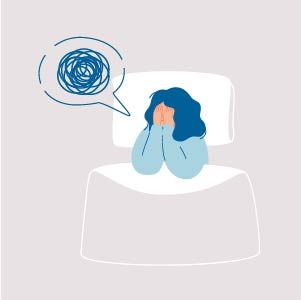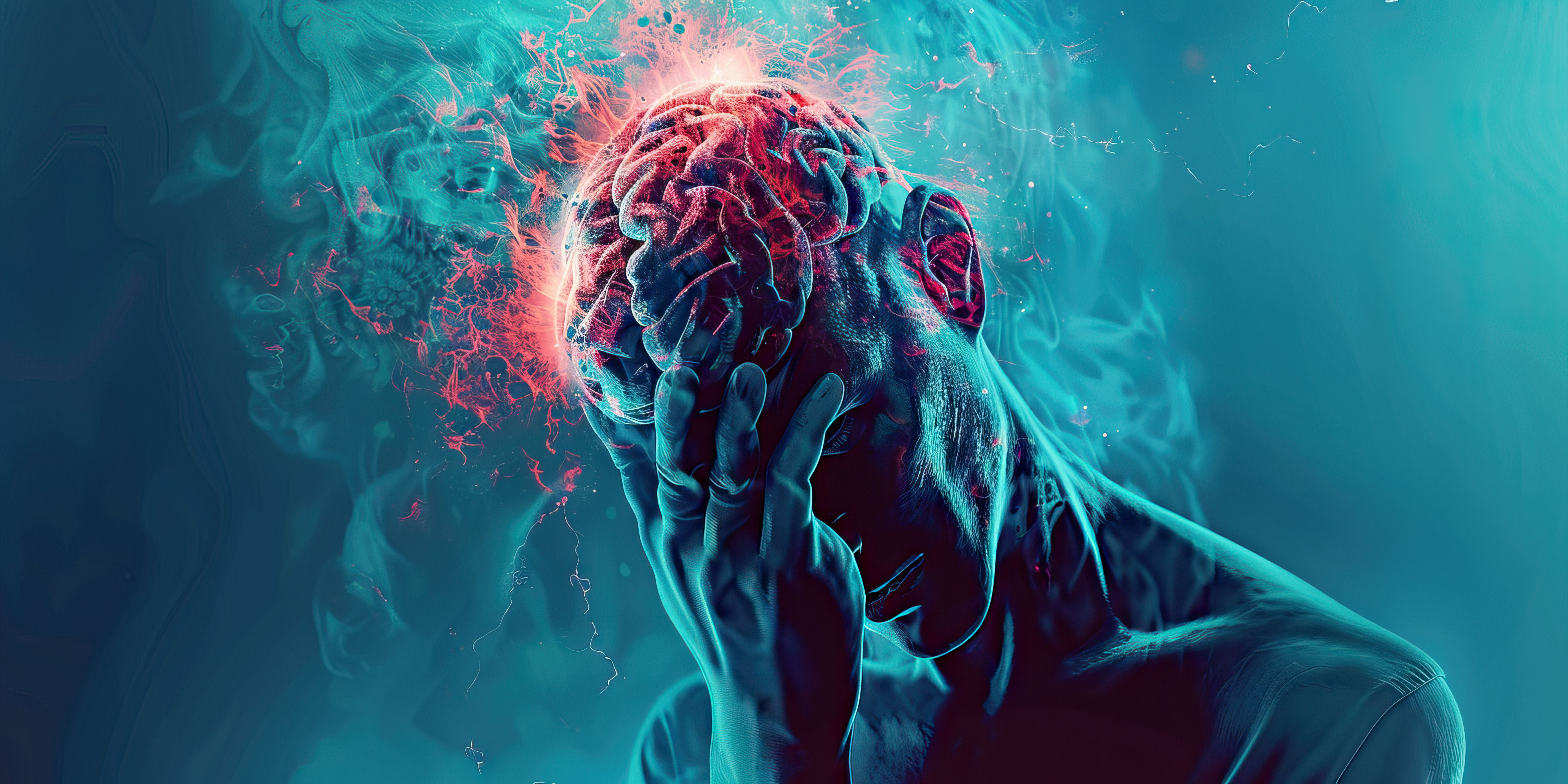Article
Pain on the Brain: The Relationship Between Bad Dreams and Chronic Pain
Author(s):
Pain can have a substantial impact on sleep quality and quality of life.
Mary Long/AdobeStock

Pain, both chronic and acute, often interferes with sleep. Sleep interruptions and the side effects of pain medication are among the most commonly described disruptive interactions between pain and sleep. Bad dreams, which can be more difficult to study objectively than sleep disorders, are frequently associated with stress, anxiety, depression, and psychiatric and emotional disorders.1 Bad dreams are also associated with physical pain. The implications of this relationship are important, as bad dreams have been shown to have a substantial impact on sleep quality and restorative sleep. The disruptive effects of bad dreams can impact several important life issues, including mood, daytime alertness, and functioning.2
Recent research is beginning to shed a light on the complex relationships between pain and bad dreams. Postsurgical frightening dreams have been reported, especially among children.3 These dreams are thought to be short-lived, without a strong rate of recurrence, and are thought to be possibly associated with the effects of anesthesia, unfamiliar surroundings, and anxiety about surgery. Bad dreams during the perioperative timeframe are not thought to have a substantial impact on quality of life. Chronic pain, however, is also associated with bad dreams, and this can have more disruptive implications on day-to-day life.
Musculoskeletal Pain
Musculoskeletal pain, which is a particularly common type of pain, can develop as a result of serious injuries and associated posttraumatic stress disorder (PTSD), but it more often occurs in the absence of severe physical issues or associated psychological sequelae. A recent observational study published in Research and Psychotherapy compared the frequency of self-reported bad dreams and nightmares between participants who had chronic musculoskeletal pain and a control group who did not have this type of pain. Over the course of a month, 44% of 191 participants with established pain reported bad dreams, compared to 7.3% of the 191 controls. The researchers also measured several other variables, including vitamin D and calcium levels, anxiety, and depression. Low vitamin D and calcium, as well as the presence of anxiety or depression, were all correlated with bad dreams and with musculoskeletal pain.4
Migraines
While the conclusions do not definitively point to a strong independent correlation between pain and pain bad dreams, these results do support the idea that there could be a possible connection.
Research has also examined the relationship between migraines and bad dreams. Migraines are widely considered to be complex experiences that include pain but are not limited to pain. Bad dreams are associated with migraines, and the relationship seems to be bidirectional. Some small studies have suggested that bad dreams can occur during an ongoing migraine episode, and research also suggests that some people may have bad dreams prior to the onset of the painful portion of a migraine episode, possibly as part of a migraine prodrome.5
Impact on Sleep Quality
The mechanism behind the relationship between pain and bad dreams is not fully established, but these types of dreams generally occur during the rapid eye movement (REM) sleep stage. Researchers suggest that the either the dream content is altered by pain experiences, or that the recollection or amount of REM sleep is altered by the physiological effects of pain on the brain.5 Understanding the mechanism can help guide treatment strategies. And, for some patients, their own awareness of the interactions between pain and their dreams can help encourage them to report their experiences and to seek treatment.
Nightmares and bad dreams have an impact on sleep quality, as well as on daytime sleepiness. Patients who experience chronic pain conditions, including migraine, often experience daytime fatigue and increased sleepiness around the time of the episodes. These symptoms are independent of sleep disturbance, but they can be exacerbated by sleep disturbances. Nightmares and bad dreams can further contribute to daytime sleepiness and diminished quality of life for people who are living with chronic pain. Patients who have bad dreams can experience anxiety about the dream content or may become concerned about whether the dreams are a reflection of their own mental health. These issues highlight the importance of adequate pain treatment for people who have pain conditions. Yet some medications can further interfere with sleep, making treatment less than straightforward.
Concluding Thoughts
Pain treatment can be intimidating for patients who are concerned about side effects and addiction. While these are valid concerns, there are many safe options for managing pain besides oral medication, including injections, patches, meditation, and cognitive behavioral therapy, among others. All of these can help alleviate the risk of bad dreams that can worsen sleep quality and quality of life for patients who have chronic pain.
Dr Moawad is Associate Editor Humanities in Neurology, Clinical Assistant Professor Case Western Reserve University School of Medicine, Div. of Medical Education, and Editor in Chief Emeritus of Neurology Times (2017-2019).
References
1. Vanek J, Prasko J, Ociskova M, et al. Nightmares and their treatment. Neuro Endocrinol Lett. 2020;41(2):86-101.
2. Paul F, Schredl M, Alpers GW. Nightmares affect the experience of sleep quality but not sleep architecture: an ambulatory polysomnographic study. Borderline Personal Disord Emot Dysregul. 2015;2:3.
3. Eriksson M, Nilsson U, Bramhagen AC, et al. Self-reported postoperative recovery in children after tonsillectomy compared to tonsillotomy. Int J Pediatr Otorhinolaryngol. 2017;96:47-54.
4. Abdul-Razzak KK, Alkhatatbeh MJ. Nightmares and bad dreams among individuals with musculoskeletal pain: a link to vitamin D and calcium. Res Psychother. 2021;24(2):533.
5. Gazerani P. Nightmares in migraine: a focused review. Behav Sci (Basel). 2021;11(9):122.






